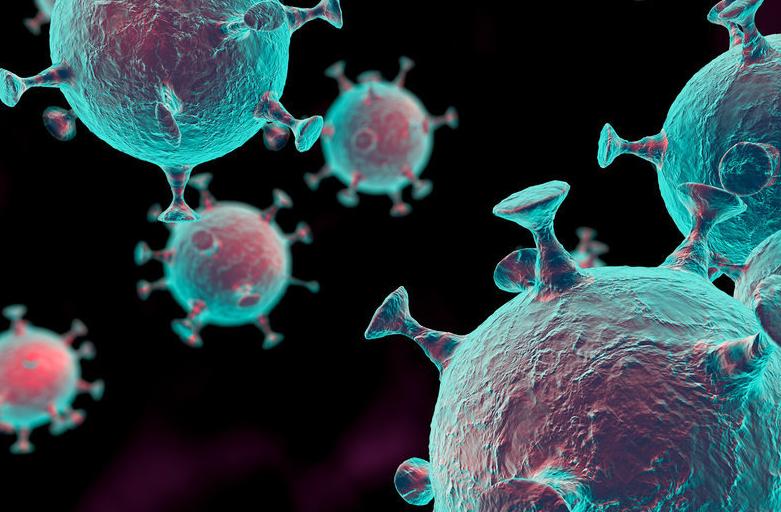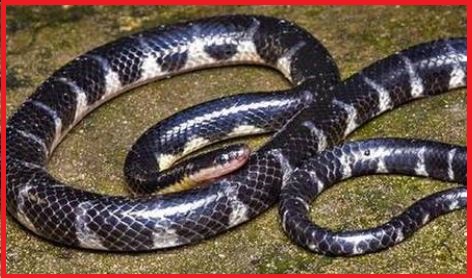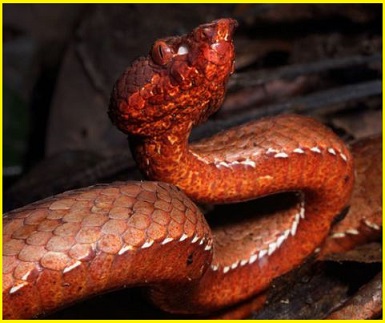Updated By: LatestGKGS Desk
Virology: Viruses, cellular and genetic structure, parts, common viral diseases

Cellular and genetic structure of a Virus, and their functionality
Virus (L. poisonous fluid) is a group of ultramicroscopic, non-cellular, highly infectious agents that multiply only intracellularly- inside the living host cells without involving growth and division. Outside the host cells, they are inert particles.
They are nucleoproteins having one or more nucleic acid molecule, either DNA or RNA, encased in a protective coat of protein or lipoprotein. A virus consists of two parts – nucleoid (genome) and capsid. An envelope and a few enzymes are present in some cases.
(i) Nucleoid: The nucleic acid present in the virus is called nucleoid and it represents the viral chromosome. It is made up of a single molecule of nucleic acid. It may be linear
or circular and nucleic acid can be DNA or RNA. It is the infective part of virus which utilizes the metabolic machinery of the host cell for synthesis and assembly of viral components.
(ii)Capsid: It is a protein covering the genetic material. The capsid has protein subunits called capsomeres. Capsid protects nucleoid from damage from physical and chemical agents.
(iii) Envelope: It is the outer loose covering present in certain viruses like animal viruses (e.g., HIV) but rarely present in plant and bacterial viruses and made of a protein of viral origin and, lipid and carbohydrate of the host. Outgrowths called spikes may be present. Envelope proteins have subunits called peplomers.
(iv)Enzymes: Rarely, lysozymes are found in bacteriophages. Reverse transcriptase enzyme (catalyzes RNA to DNA synthesis) is found in some RNA viruses like HIV.
Some common viral diseases are – influenza, polio, measles, chickenpox, hepatitis, AIDS, bird flu, SARS (Severe Acute Respiratory Syndrome) etc.


